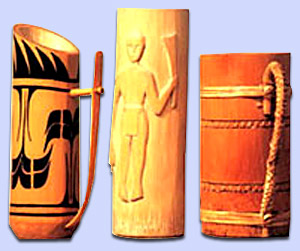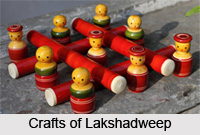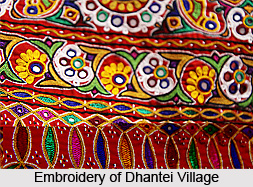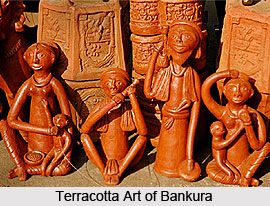 Terracotta Art in West Bengal is the earliest form of art in West Bengal. The art forms of terracotta or burnt clay which are produced by the Bengal potters satisfied the creative impulse of the Bengal artists. Moreover terracotta became an important product which had durability and also served as a home decor. In fact it has been said it is clay rather than stone which has been the medium through which Bengali culture has found expression for thousands of years. For many generations the terracotta artists of the Bankura area in West Bengal devoted their skills to modelling and sculpting, attaining high levels of acclaim and respect throughout India.
Terracotta Art in West Bengal is the earliest form of art in West Bengal. The art forms of terracotta or burnt clay which are produced by the Bengal potters satisfied the creative impulse of the Bengal artists. Moreover terracotta became an important product which had durability and also served as a home decor. In fact it has been said it is clay rather than stone which has been the medium through which Bengali culture has found expression for thousands of years. For many generations the terracotta artists of the Bankura area in West Bengal devoted their skills to modelling and sculpting, attaining high levels of acclaim and respect throughout India.
Terracotta Art has been practised in West Bengal right from the early days and has carried its tradition through the medieval age till the 19th century. In the modern age terracotta art is present in Bengal mostly in the form of home decor and jewellery. Terracotta plaques have been the most important form of terracotta art in Bengal. Terracota works not only depicted the lives of gods and goddesses but also reflected many scenes from the daily life of individuals.
Bishnupur in the Bankura District lies about 200km (124 miles) west of Kolkata, and is famous for its terracotta temples. 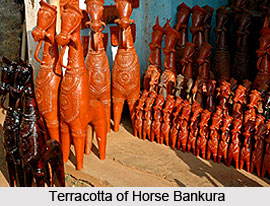 From the 16th to the 19th centuries, Bishnupur flourished as the capital of the Malla kings who were great patrons of the arts. Due to the lack of stone, the many important buildings and temples in Bishnupur and the surrounding Bankura region were made from brick and covered with ornate terracotta tiles depicting scenes from the Hindu epics of the Ramayana and Mahabharata, as well as everyday life. Through stylised figurative imagery the scenes are illustrated with great vitality and rhythm. The architects have both adopted and adapted the local village form of a thatched mud house to create buildings of grand monumentality. By decorating their surfaces with relief terracotta they uniquely combined simplicity of form with an elaborately embellished veneer.
From the 16th to the 19th centuries, Bishnupur flourished as the capital of the Malla kings who were great patrons of the arts. Due to the lack of stone, the many important buildings and temples in Bishnupur and the surrounding Bankura region were made from brick and covered with ornate terracotta tiles depicting scenes from the Hindu epics of the Ramayana and Mahabharata, as well as everyday life. Through stylised figurative imagery the scenes are illustrated with great vitality and rhythm. The architects have both adopted and adapted the local village form of a thatched mud house to create buildings of grand monumentality. By decorating their surfaces with relief terracotta they uniquely combined simplicity of form with an elaborately embellished veneer.
In West Bengal the most common terracotta figures are horses, tigers, elephants and snakes as well as toys and domestic vessels. In Bengal terracotta images of Lord Ganesha are press moulded, thrown and modelled in vast quantities by potters, to be purchased, taken home and installed on a temporary altar.
Bankura Horse is a famous terracotta work from the state of West Bengal. The Bankura Horse is immediately recognisable by the stylised diminished length between the front and back legs, giving its proportions a distinctive appearance. The number of young men involved in terracotta modelling and vessel making in this area is a visible indication of a flourishing trade - in strong contrast to many other areas of India where the diminishing demand for clay products has forced young men into other professions.
Finally it can be concluded saying that terracotta art in West Bengal had flourished under the rule of many rulers. Even during Muslim rule in Bengal terracotta formed an important aspect of their artistic work.



